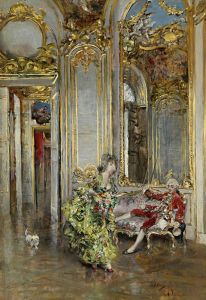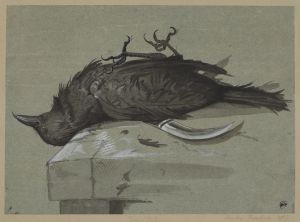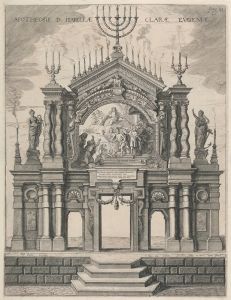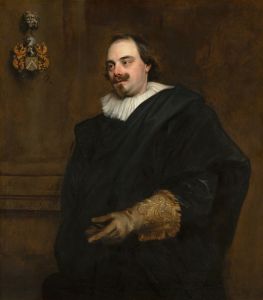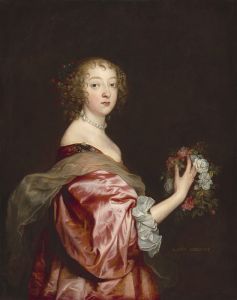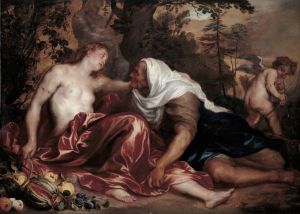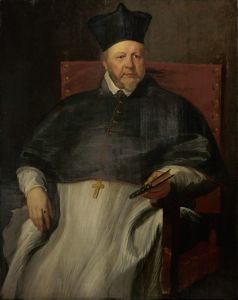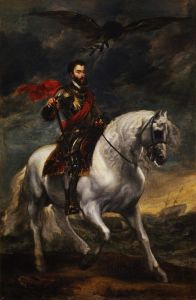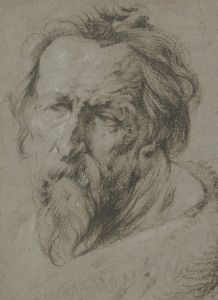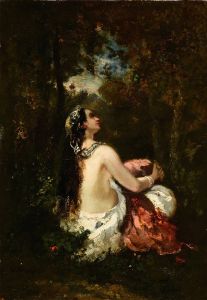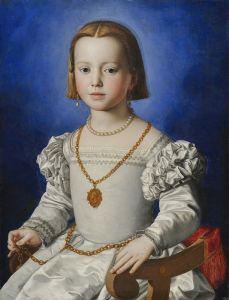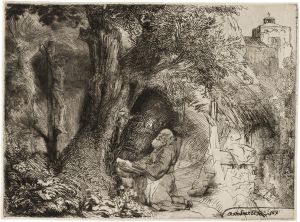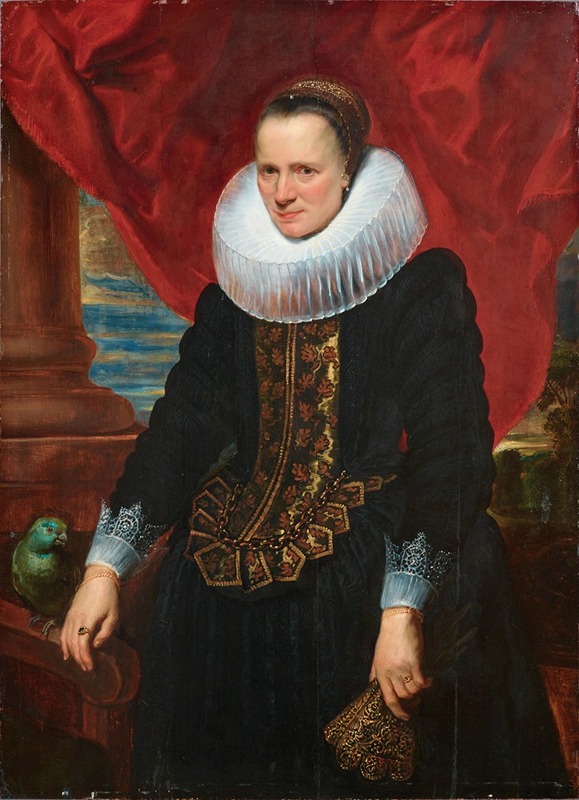
Portrait Of A Noblewoman With A Parrot
A hand-painted replica of Anthony van Dyck’s masterpiece Portrait Of A Noblewoman With A Parrot, meticulously crafted by professional artists to capture the true essence of the original. Each piece is created with museum-quality canvas and rare mineral pigments, carefully painted by experienced artists with delicate brushstrokes and rich, layered colors to perfectly recreate the texture of the original artwork. Unlike machine-printed reproductions, this hand-painted version brings the painting to life, infused with the artist’s emotions and skill in every stroke. Whether for personal collection or home decoration, it instantly elevates the artistic atmosphere of any space.
"Portrait of a Noblewoman with a Parrot" is an artwork attributed to the renowned Flemish Baroque artist Anthony van Dyck. Van Dyck, born in 1599 in Antwerp, was a prominent painter known for his portraits, which were characterized by their elegance and the psychological depth with which he captured his subjects. He was a leading court painter in England and had a significant influence on portrait painting in the Baroque period.
This particular painting, "Portrait of a Noblewoman with a Parrot," exemplifies van Dyck's skill in portraying the aristocracy with grace and sophistication. The painting features a noblewoman, whose identity remains unknown, dressed in luxurious attire indicative of her high social status. The inclusion of a parrot in the composition adds an exotic element to the portrait, as parrots were considered symbols of wealth and prestige during the 17th century. The bird also serves as a testament to the subject's affluence and the global trade connections of the time, which made such exotic pets accessible to the European elite.
Van Dyck's technique in this painting is notable for its delicate brushwork and the subtle rendering of textures, from the softness of the woman's skin to the intricate details of her clothing and the feathers of the parrot. The use of light and shadow in the portrait highlights the noblewoman's features and the luxurious materials of her attire, creating a sense of depth and realism that was a hallmark of van Dyck's style.
The composition of the painting is carefully balanced, with the parrot positioned in a way that complements the figure of the noblewoman, drawing the viewer's eye across the canvas. The background is typically subdued, allowing the focus to remain on the subject and her avian companion. This approach is consistent with van Dyck's other portrait works, where the emphasis is placed on the sitter's personality and status rather than on elaborate settings.
While the exact date of the painting's creation is not definitively known, it is generally placed within van Dyck's mature period, when he was actively working in England as the principal court painter to King Charles I. During this time, van Dyck produced numerous portraits of the English nobility, capturing the elegance and opulence of the Caroline court.
"Portrait of a Noblewoman with a Parrot" is a testament to van Dyck's mastery of portraiture and his ability to convey the character and status of his subjects through his art. The painting remains an important example of Baroque portraiture and reflects the cultural and social dynamics of the 17th-century European aristocracy. As with many of van Dyck's works, it continues to be studied and admired for its artistic excellence and historical significance.





